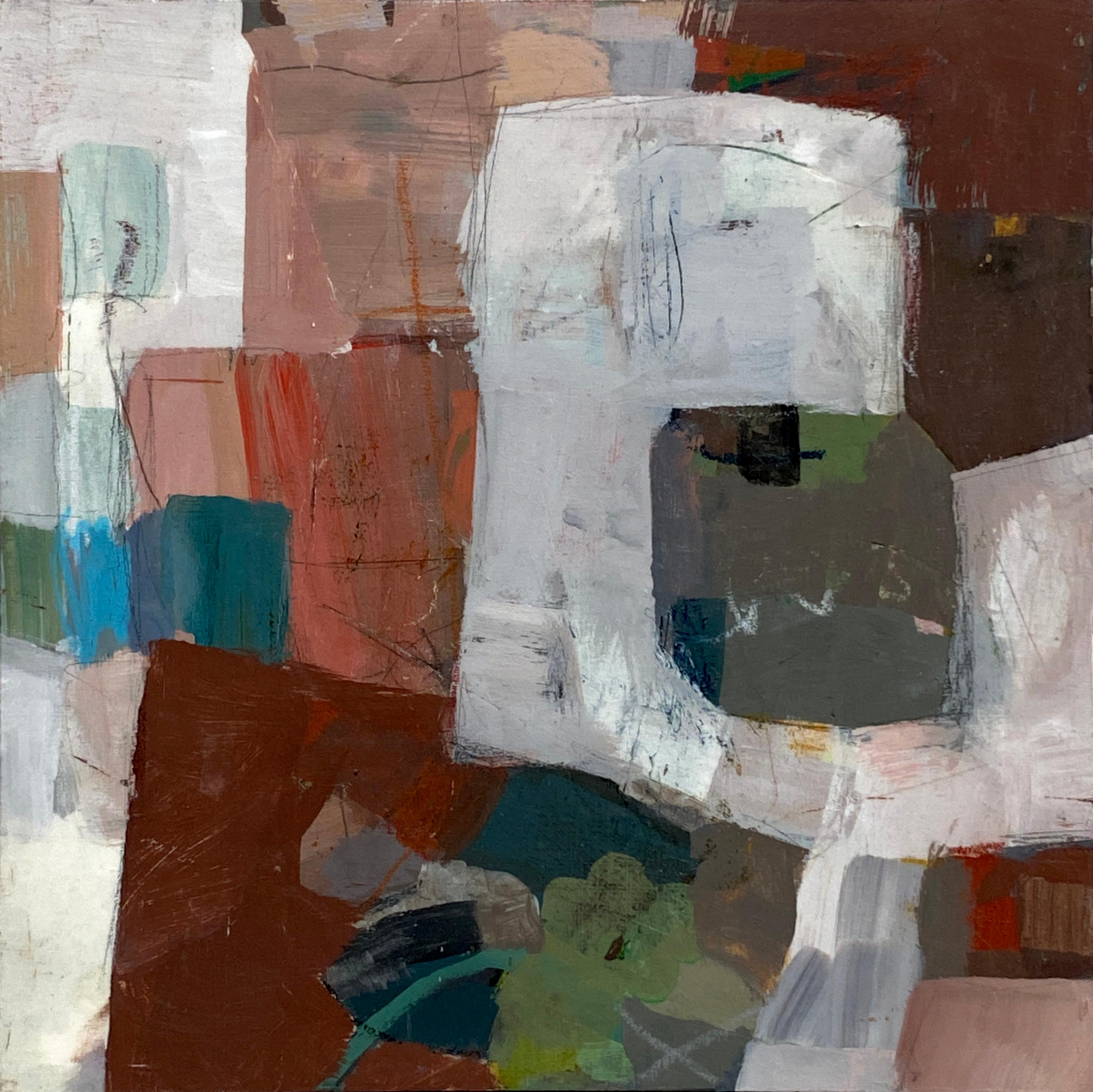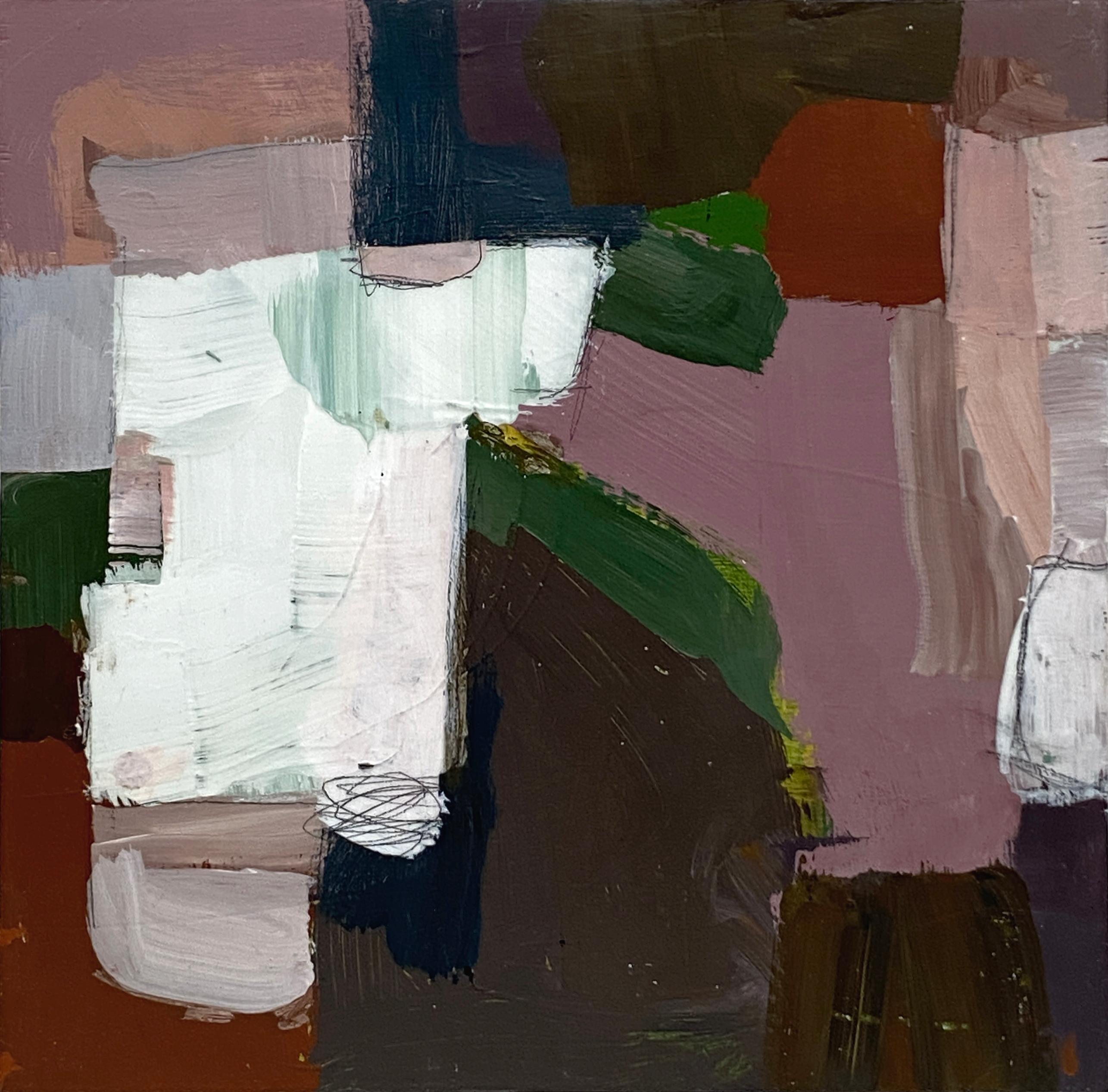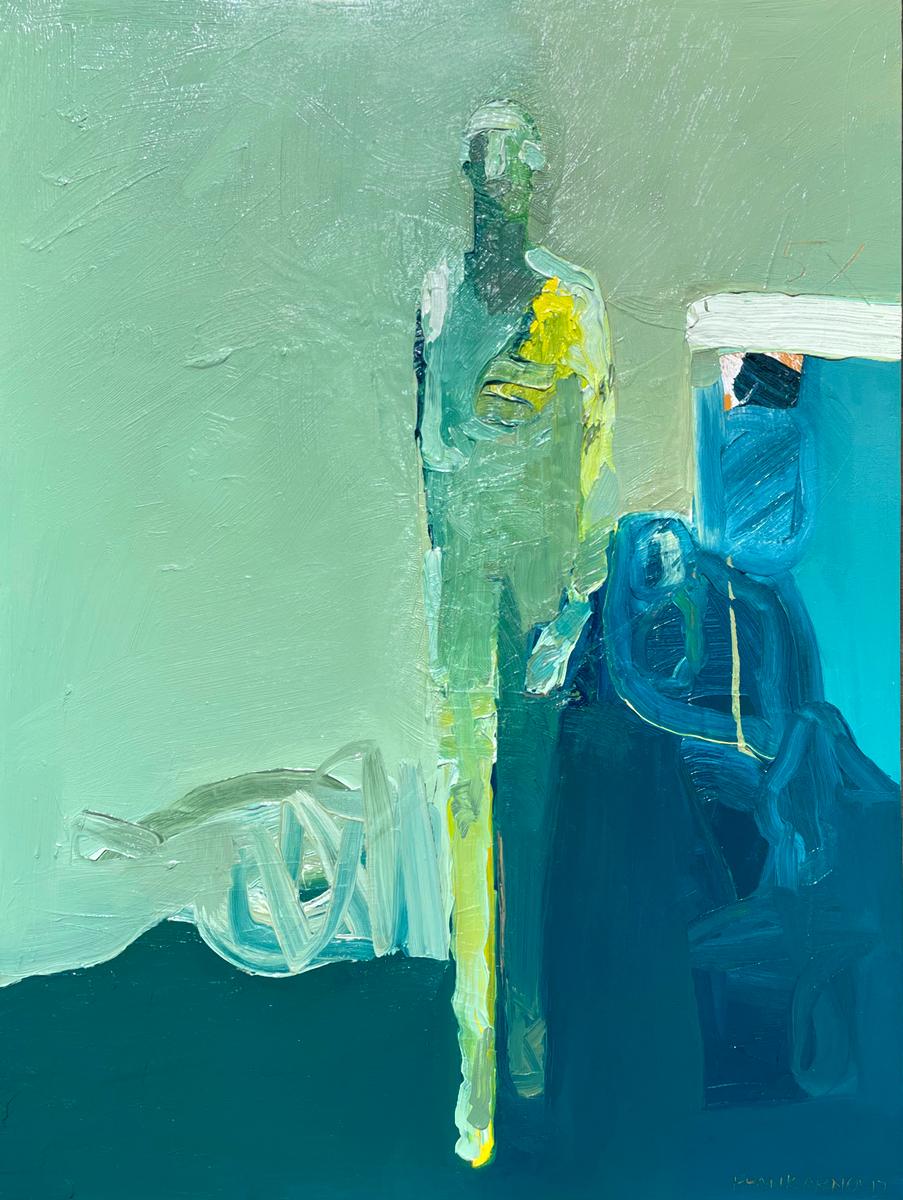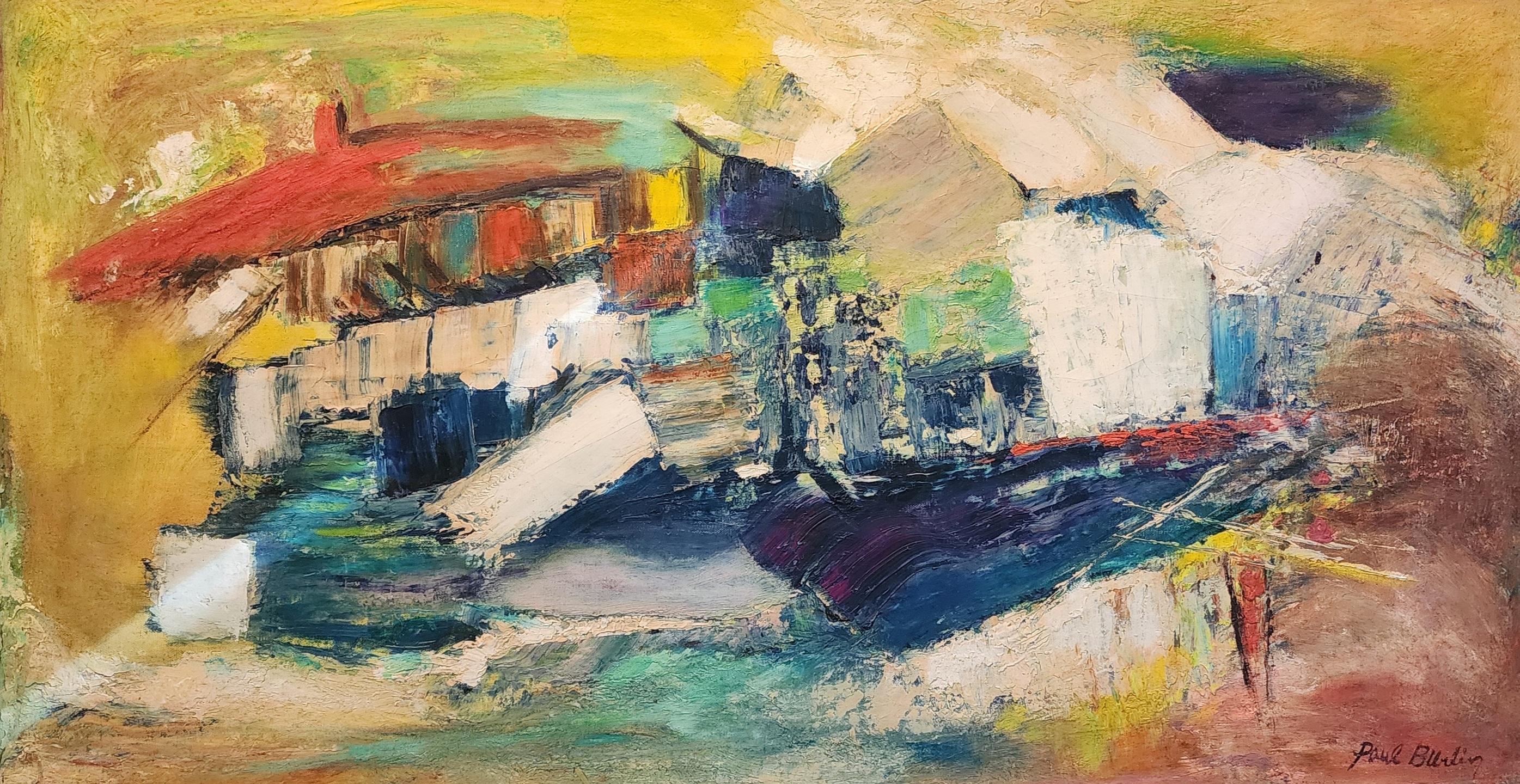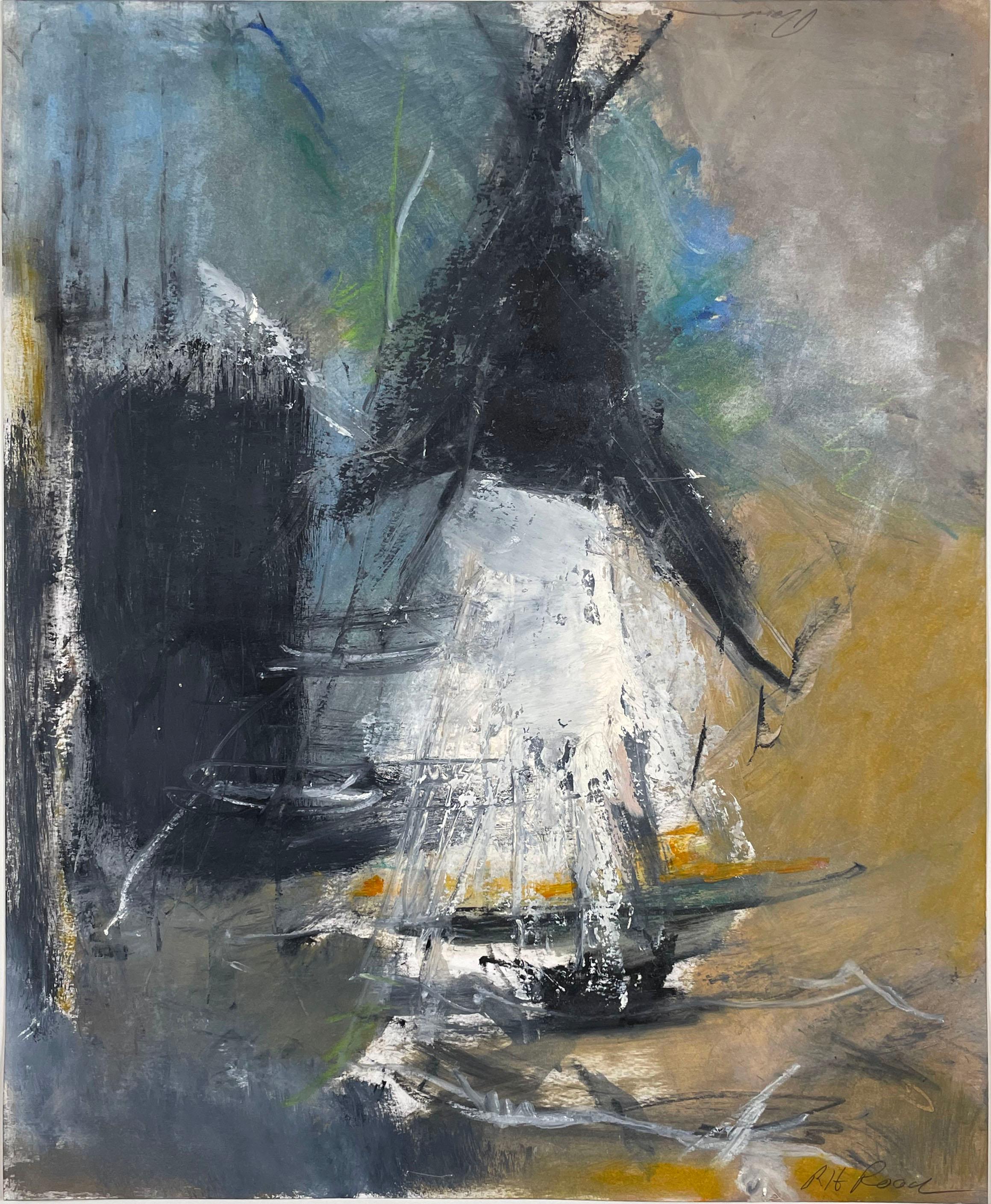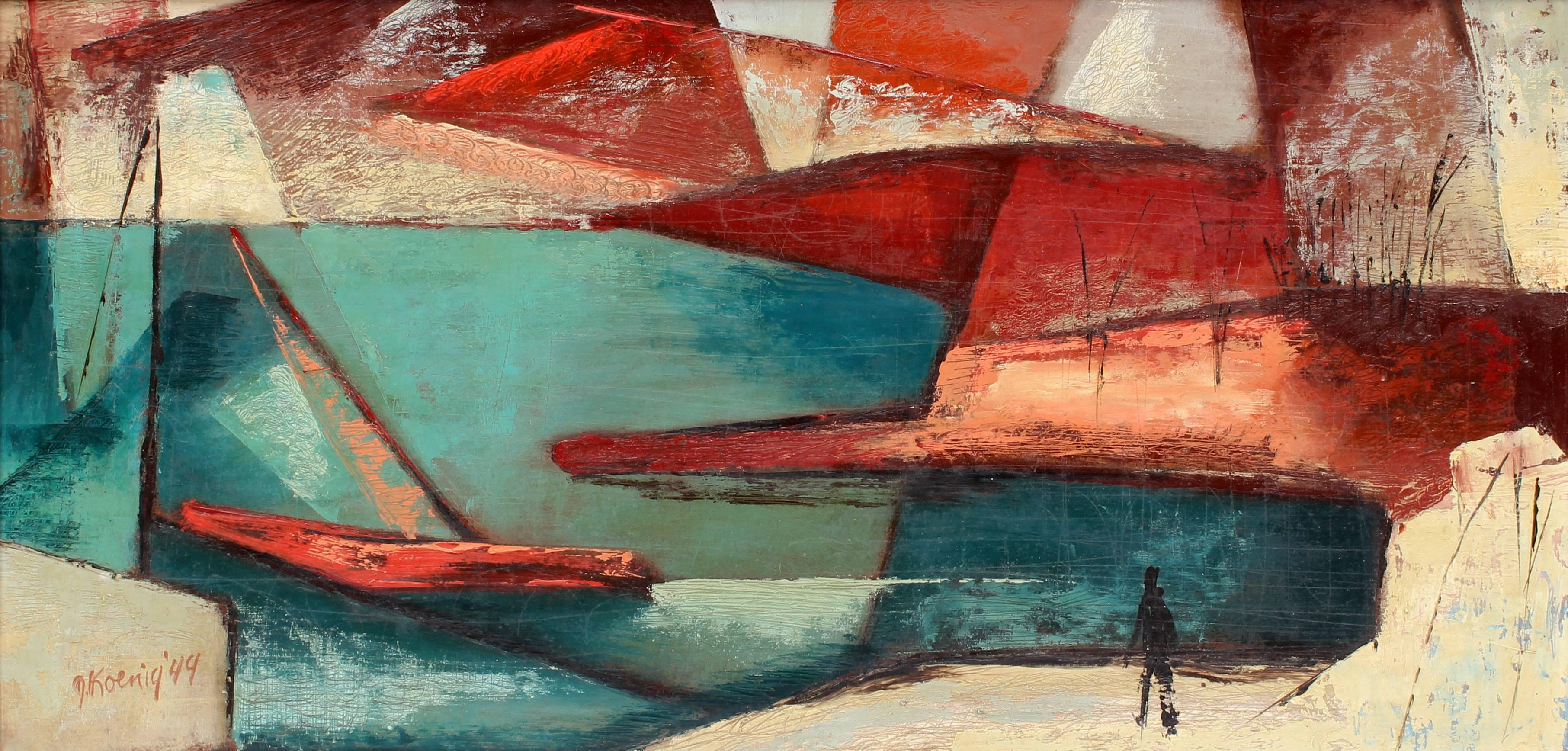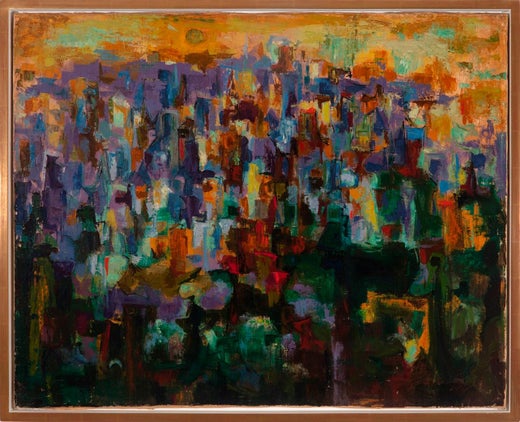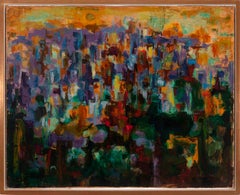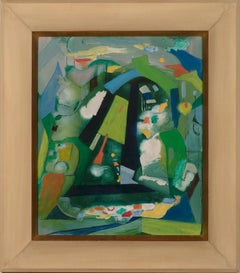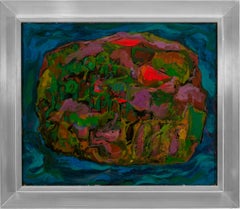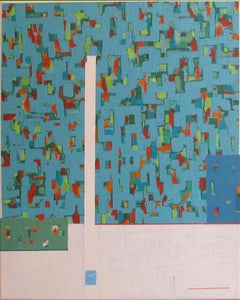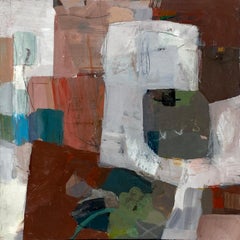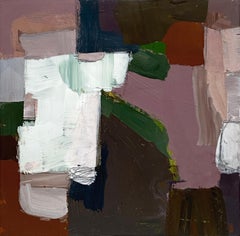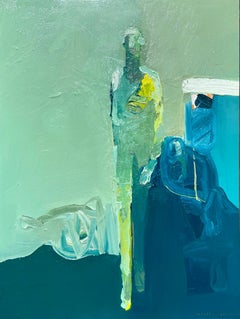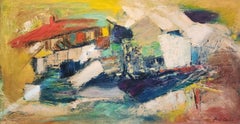Rex Ashlock"The White Boat"c. 1958
c. 1958
About the Item
- Creator:Rex Ashlock (1918 - 1999, American)
- Creation Year:c. 1958
- Dimensions:Height: 14 in (35.56 cm)Width: 15 in (38.1 cm)Depth: 1 in (2.54 cm)
- More Editions & Sizes:Framed Size 14" x 15"Price: $7,450
- Medium:
- Movement & Style:
- Period:
- Condition:
- Gallery Location:Lambertville, NJ
- Reference Number:Seller: JOL112319591stDibs: LU3745769051
Rex Ashlock
Born in Spokane, Washington in 1918, Rex Ashlock was known for his abstract, figurative Expressionist paintings. Ashlock's works are recognized for their broad fields of single colors with subtle tonal changes, some characterized by moon-like shapes and others by calligraphic emblems. The most frequent subject of Ashlock’s works was the female form, which served as his primary source of inspiration. He studied at The California School of Fine Arts in San Francisco with fellow artist David Park, before eventually teaching there. In 1957, he left for New York to pursue the Bohemian lifestyle cultivating in the city. In his free time, he studied the works and writings of American Abstract Expressionists, European figurative painters and German Expressionists. He died in 1999 in San Francisco after moving back in order to live closer to his family.
- ShippingRetrieving quote...Shipping from: Lambertville, NJ
- Return Policy
More From This Seller
View All1950s Abstract Abstract Paintings
Canvas, Oil
20th Century Abstract Abstract Paintings
Masonite, Oil
1960s Abstract Abstract Paintings
Canvas, Oil
2010s Abstract Expressionist Abstract Paintings
Canvas, Acrylic
20th Century Abstract Abstract Paintings
Canvas, Oil
1960s Abstract Abstract Paintings
Canvas, Oil
You May Also Like
2010s Abstract Abstract Paintings
Acrylic, Panel
2010s Abstract Abstract Paintings
Acrylic, Panel
2010s Abstract Abstract Paintings
Canvas, Oil
1960s Abstract Expressionist Paintings
Oil
2010s Abstract Abstract Prints
Monotype
1940s American Modern Abstract Paintings
Canvas, Oil
